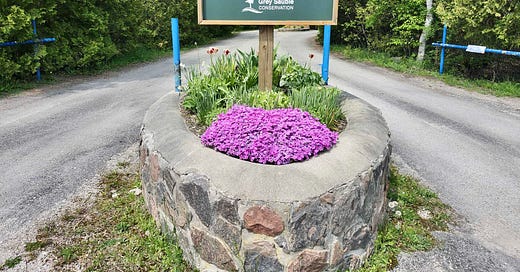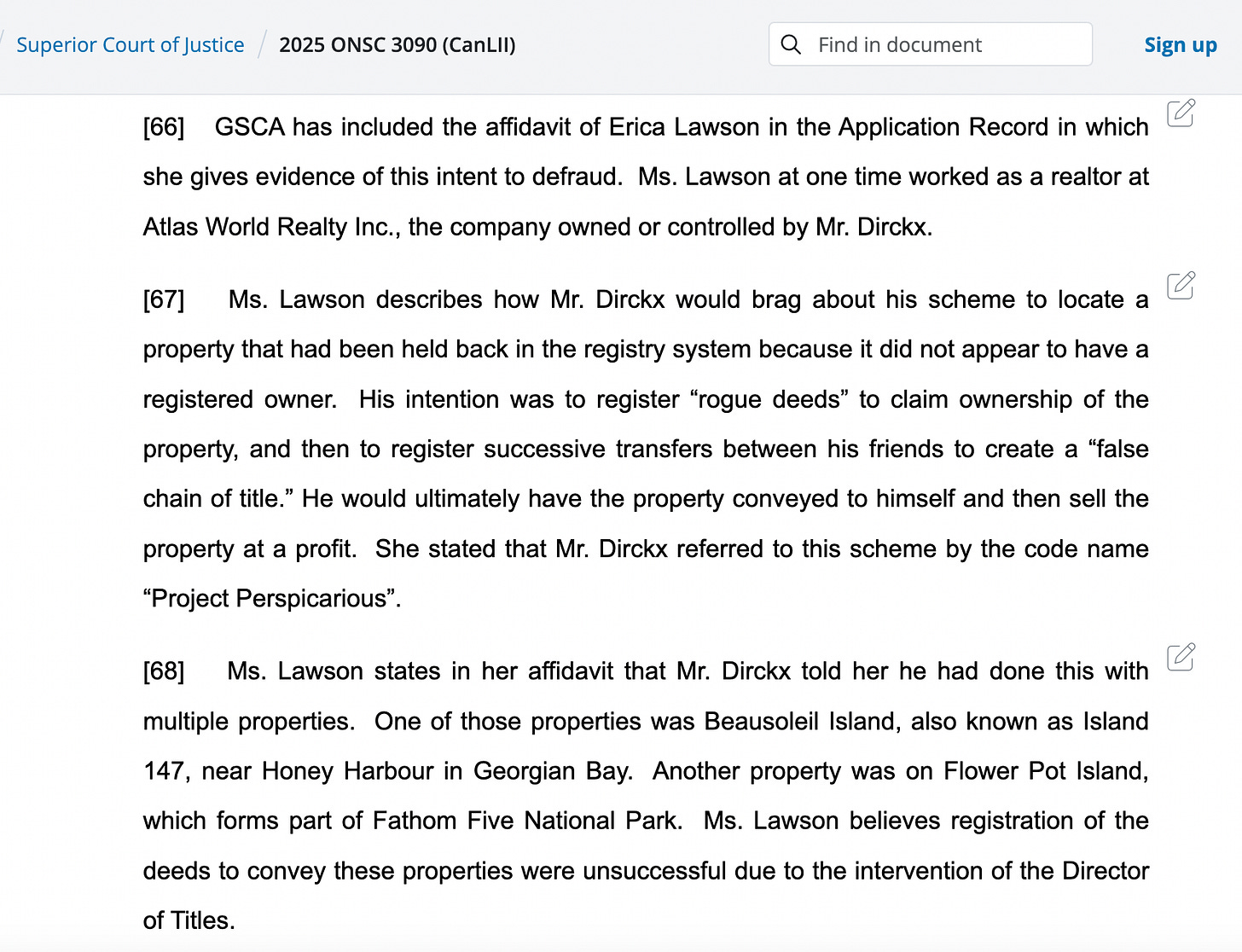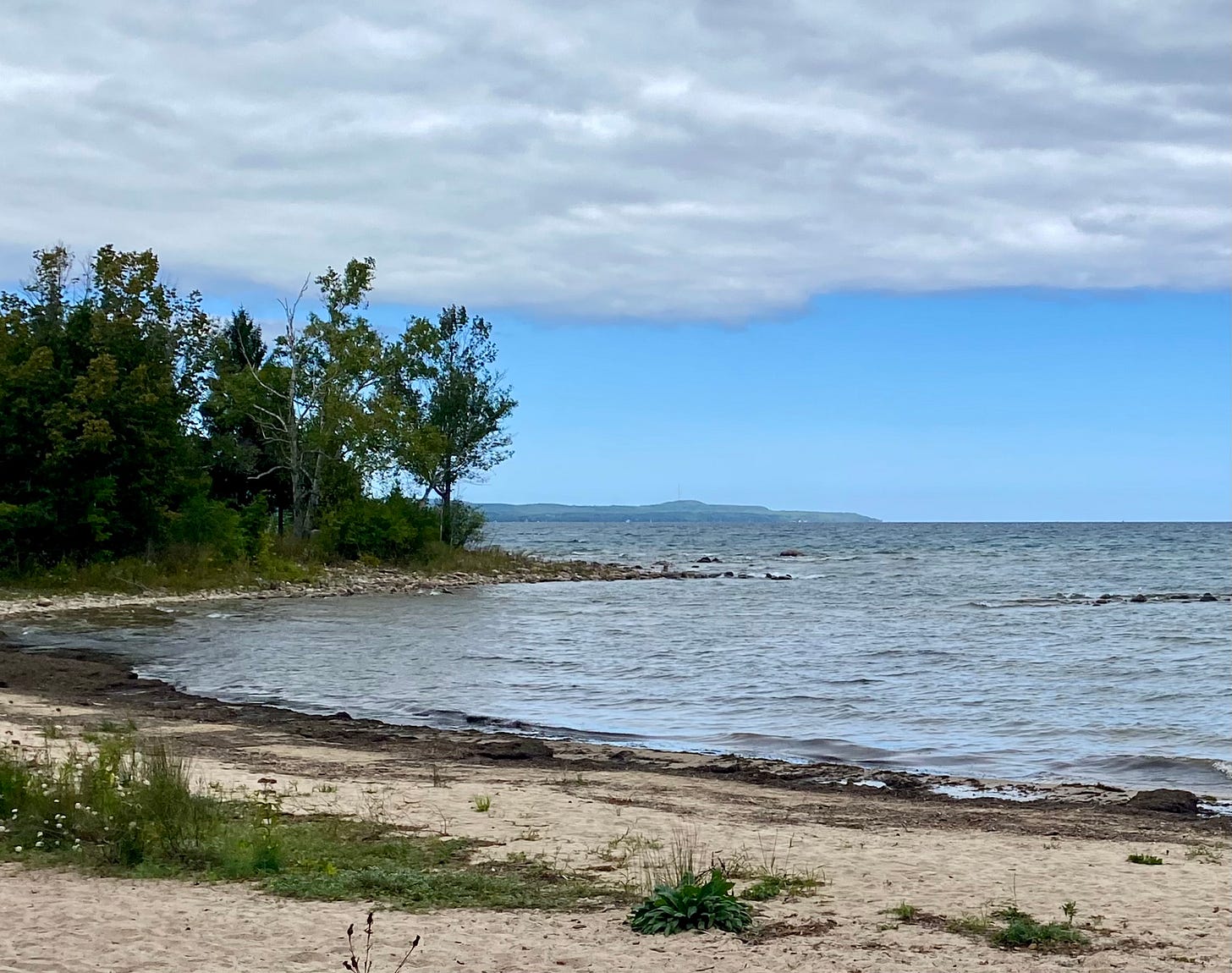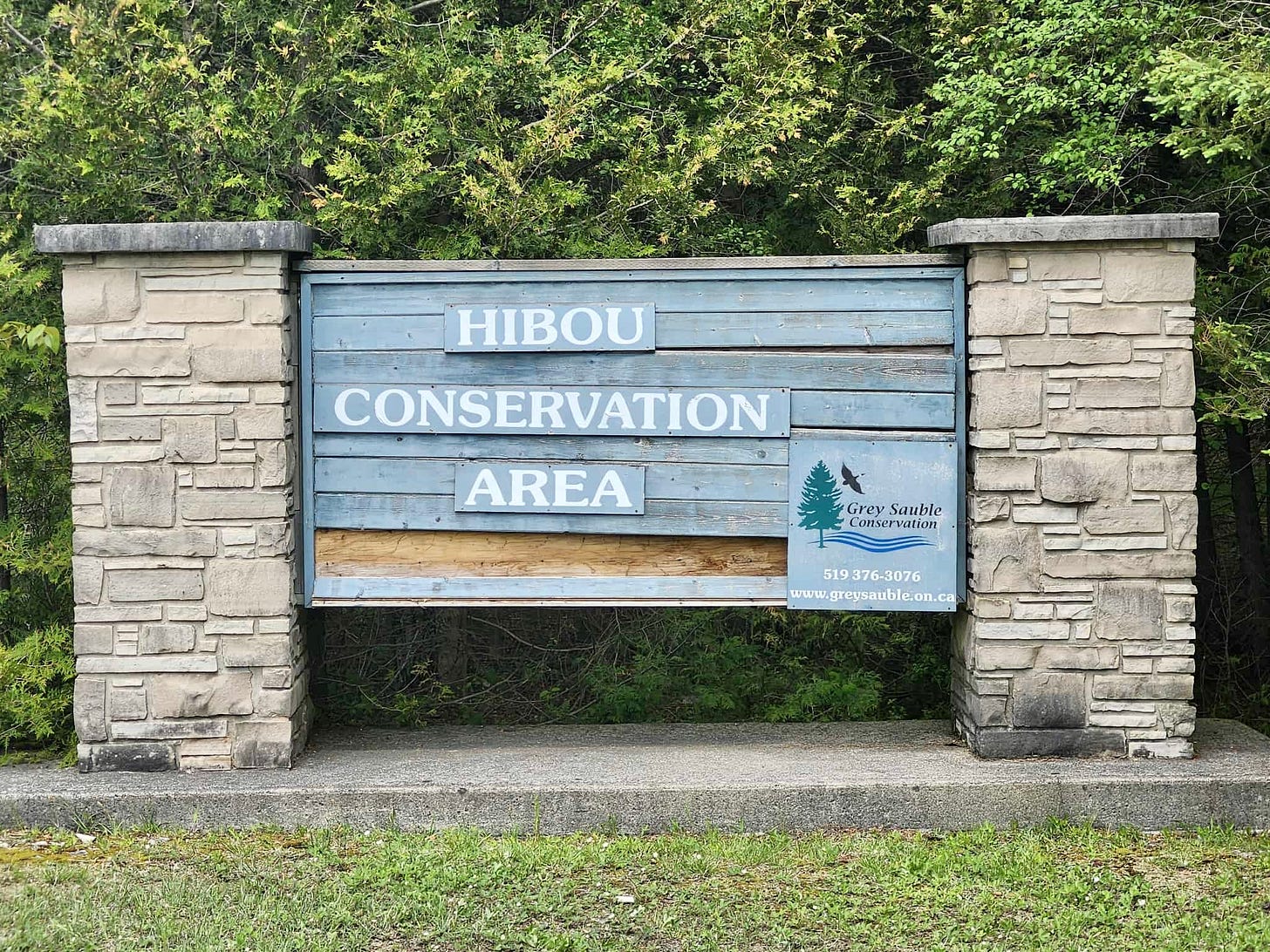Conservation Authority Wins Legal Battle Over Hibou Property as Judge Finds “Fraudulent Scheme”
Ontario Superior Court confirms Grey Sauble Conservation Authority owns Hibou lands, rejecting a rival claim by a realtor and citing a fraudulent title scheme as cause for the dispute.
The Ontario Superior Court of Justice has ruled that Grey Sauble Conservation Authority (GSCA) is the rightful owner of a disputed parcel within the Hibou Conservation Area, ending a five-year saga that began when a real estate broker attempted to list part of the popular public park for sale.
In a judgment released May 27, 2025 (Grey Sauble Conservation Authority v. Dirckx et al, 2025 ONSC 3090), Justice Emery concluded that GSCA holds “all right, title and interest” to the land in question, identified as Parcel 3 of Lot 36, a waterfront section near the northeast edge of the 329-acre conservation area.
The court issued a vesting order in GSCA’s favour and ordered the Land Registrar for Grey County to void all instruments associated with Leroy Dirckx’s claimed title.
“This entire dispute… has been caused by the attempt of Mr. Dirckx to obtain the property or the title through a fraud,” wrote Justice Emery.
The court found that a quitclaim deed used to initiate the chain of title in Dirckx’s favour had no legal foundation and that “subsequent deeds did not validate” the original transfer.
A Dispute Over Registry System Land
The title conflict began in April 2020 when a “For Sale” sign appeared on a portion of the Hibou property near Leith. The sign, posted by Atlas World Real Estate Corporation, prompted confusion and alarm in the community. GSCA staff confirmed the land was part of the Hibou Conservation Area and launched legal proceedings to resolve a title dispute that had its roots in Ontario’s land registration system.
The issue centred on PIN 37092-0350(R), a parcel that remained in the registry system when most of the surrounding Hibou lands were converted to the land titles system in 2009. GSCA argued that the property was included in a 1973 deed (Instrument R138258) and had been part of its publicly accessible conservation lands for more than 50 years.
Dirckx, a licensed realtor based in Lion’s Head and principal of Atlas World, asserted that he acquired the property through a legitimate chain of transfers beginning with a 2013 quitclaim deed from an individual named Roger Pearce.
The court rejected that argument, noting there was no evidence that Pearce ever had any ownership interest in the land.
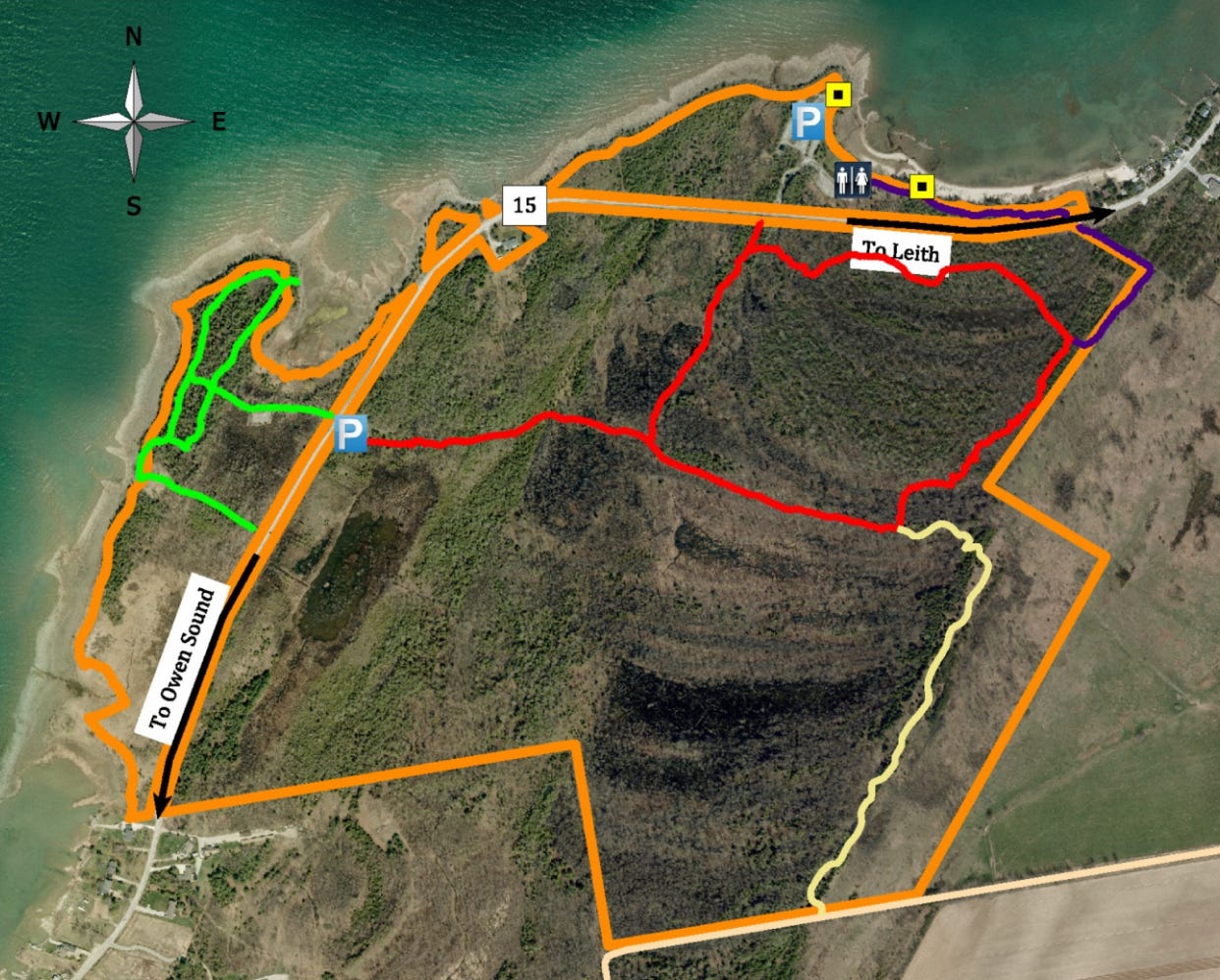
Fraud Allegations and “Project Perspicarious”
A key component of the ruling was the inclusion of an affidavit from Erica Lawson, a former realtor at Atlas World Real Estate. Lawson alleged that Dirckx had a deliberate plan—referred to internally as “Project Perspicarious”—to target lands in the registry system that lacked up-to-date title documentation.
According to Lawson, Dirckx bragged about creating a false chain of title by registering “rogue deeds” through associates, eventually taking ownership himself and planning to profit through resale or insurance claims.
She stated that this tactic had also been attempted with properties on Beausoleil Island and Flowerpot Island, both of which are public lands.
The court accepted Lawson’s affidavit and noted that Dirckx did not challenge her allegations through cross-examination or rebuttal.
Justice Emery concluded that the title claims were “fraudulent” and closely resembled tactics rejected by Ontario courts in previous land fraud cases.
Historical Context: A Community-Led Conservation Legacy
The Hibou Conservation Area was established in the early 1970s through a grassroots fundraising campaign. Local organizers Fred Geberdt and Bob Knapp, supported by Malcolm Kirk and many others, led the effort to secure the property for public use. The community raised one-quarter of the funds needed, with the Province of Ontario contributing the remainder.
In 1973, the first 182 acres were acquired from the McLaughlin Estate, followed by another 146 acres in 1974 from Jaff Rutherford, creating what is now the 329-acre Hibou Conservation Area along the eastern shoreline of Georgian Bay.
Before its transformation into a conservation area, the land had been part of a complex family inheritance stretching back to the turn of the 20th century. According to court records, Lot 36, which includes the disputed parcel, was originally conveyed in 1900 by Margaret Lemon to John Henry McLauchlan.
In 1904, it was transferred to William Goldie McLauchlan and George Dillane McLauchlan. William’s share later passed to his daughters: Anna Gertrude Ireland, Jean Alexandria McLellan, and Goldie A. Kennedy. In 1959, Jean McLellan’s estate transferred her interest to Kennedy, consolidating the property under family ownership before it was eventually sold to the North Grey Region Conservation Authority in 1973.
These transfers, spanning multiple generations, were documented in the 1973 deed (Instrument R138258) that GSCA relied on to assert legal ownership during the recent court proceedings.
Following the 1984 amalgamation of local conservation authorities, the newly formed GSCA became the property’s steward. Over the years, GSCA removed four private cottages that remained on the land under lease, developed trails and parking areas, and opened the area to the public. According to court evidence, GSCA has paid municipal taxes and maintained exclusive control of the land for over 50 years.
Today, Hibou remains one of Grey Sauble’s most visited natural areas, offering forests, wetlands, and more than two kilometres of accessible Georgian Bay shoreline.
Property Records, PIN Confusion, and Misplaced Trust
Much of the conflict stemmed from the land registry’s failure to update title records when Hibou’s surrounding properties were converted to the land titles system in 2009. A single parcel—PIN 37092-0350(R)—remained in the older registry system, which lacks the same government guarantee of ownership as land titles and instead relies on a chain of historical documents to prove title.
Leroy Dirckx, a licensed realtor and principal of Atlas World Real Estate, claimed he acquired ownership through a quitclaim deed issued in 2013 by an individual named Roger Pearce. A quitclaim deed is a legal instrument that transfers whatever ownership interest the grantor may have in a property, without any warranty that the interest is valid.
In this case, the court found that Pearce had no ownership interest to transfer. There was no evidence that Pearce—or any previous party in the chain—had ever legally held title to the property. The 2013 deed was registered as Instrument R564534, and included a metes and bounds description copied from an earlier document (Instrument R306871), which the court determined was actually for a different property entirely, located to the north.
That 2013 deed was then used to initiate a series of transfers: from Pearce to Norman Edward Sones; from Sones to Barbara E.M. Dean and Dirckx in 2014 (Instrument R564718); and finally, in 2020, from Dean to Dirckx alone (Instrument R565487). The court found that each of these deeds recycled the same faulty legal description, and none included the valid 1973 deed (R138258) that had conveyed the property to GSCA.
At no point did the registry system show any indication that Pearce or his successors had legal title to the property. As Justice Emery wrote, “there was never a right, interest or title to the subject property held by Roger Pearce to give.”
In contrast, GSCA demonstrated that it had acquired the property in 1973 through a registered deed, had maintained full possession since then, and had likely continued paying taxes on it, even as the registry record became muddied. GSCA’s surveyor and title searcher traced the land directly to the 1973 transaction, which the court found to be the legitimate root of title.
Justice Emery emphasized that resolving the title dispute was necessary to prevent further confusion or unauthorized sales to unsuspecting buyers and noted concerns that property tax arrears had accumulated under Dirckx’s name with the Municipality of Meaford.
Final Ruling and Implications
Ultimately, the court determined that the 2013 quitclaim deed used to initiate Dirckx’s claim was legally invalid and ruled that none of the subsequent property transfers could rectify this issue.
“I also infer as a fact,” Justice Emery wrote, “that Mr. Sones and Mr. Dirckx had actual or deemed knowledge that [Pearce] had no title to confer.”
The judgment grants GSCA full and clear title, extinguishes any claims by Dirckx or other parties, and orders the correction of the property’s official records. It also confirms that the Hibou property has been—and remains—public land protected under conservation management.
GSCA CAO Tim Lanthier stated in a May 30 release:
“We’re both delighted and relieved by this week’s Ontario Superior Court decision… Hibou Conservation Area will remain a treasured public space for our community.”
The Owen Sound Current contacted Leroy Dirckx through his brokerage email and Facebook account, but did not receive a response by the time of publication.
Sources:
Grey Sauble Conservation Authority v. Dirckx et al, 2025 ONSC 3090
Grey Sauble Conservation Authority (Media Releases, April 23, 2020 and May 30, 2025)
Friends of Hibou (Historical Background)
Public court filings, affidavits, and land registry documents
Affidavit of Erica Lawson (2023)
Survey Report of Neil C. Milne (2021)


